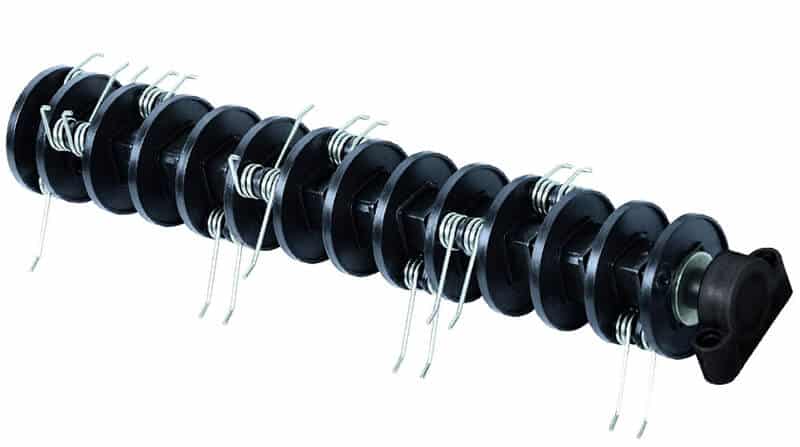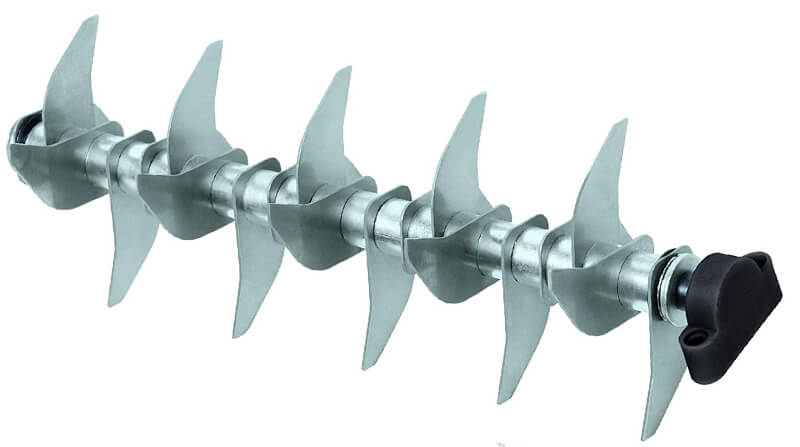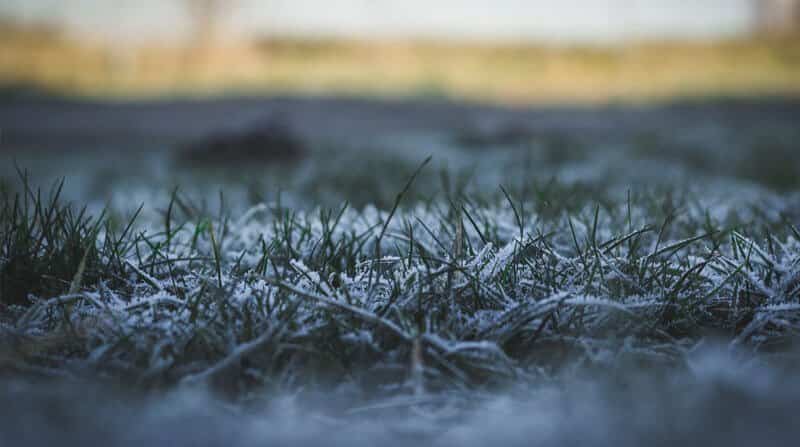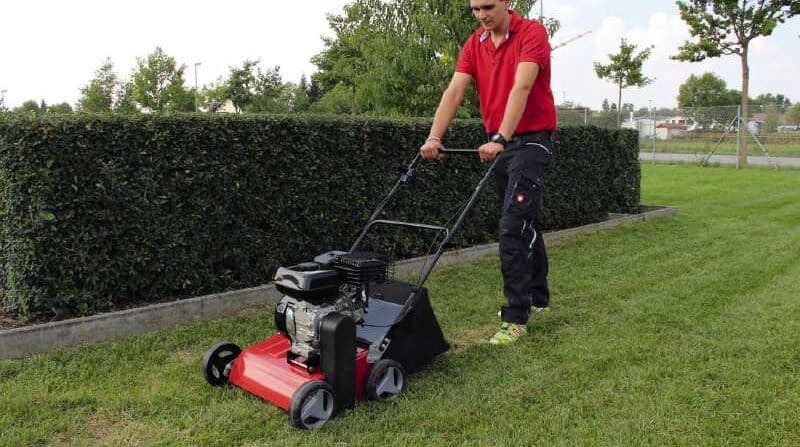In order to control the build-up or remove lawn thatch, you need to scarify.
Either by raking or de-thatching.
However, understanding when to scarify is even more important than knowing how to do it.
Scarify at the right time, in the right conditions and your lawn will recover quickly and look beautiful in no time at all.
However, do it at the wrong time and you’ll create more problems than you solve.
The Best Time to Scarify Your Lawn
As you know, scarification is very beneficial to your lawn and should definitely be a part of your lawn care agenda. That said, it can make a mess.
If your lawn has a particularly bad thatch problem, you could lose most of your grass.
Don’t be put off by this though.
With the right recovery program, your lawn will recover and look better than it ever has.
The key is in making sure it recovers as quickly as possible.
This means scarifying at the right time in the lawn care calendar. In seasons which provide the best growing conditions with a mixture of warmth, rain and sun.
You can rake or de-thatch, the time of year will dictate which you do and when.
Spring: The Best Time For Light Scarification Via Raking

Spring is the best time for light scarification to control the build-up of thatch. Either with a springbok rake or a powered scarifier with a spring tine cartridge.
Raking is generally associated with moss removal. That said, you can also do it to remove the top layer of organic matter before it becomes thatch.
It’s much more gentle on your lawn than heavy scarification which uses vertical de-thatching blades. This makes recovery much quicker.
April generally provides the best conditions for grass growth. The temperatures warm up and we inevitably get April showers mixed with plenty of sun.
So scarify lightly in April when the weather allows. If it’s particularly wet in April, do it in May.
By the time June rolls around, your lawn will have recovered and look fantastic.
Autumn: The Best Time For Heavy De-Thatching

If your lawn contains a lot of thatch, you’ll need to scarify quite heavily. Either with a hand scarifier or powered machine with a de-thatching cartridge. These have vertical blades which cut into the turf to tear out dead material.
In which case, wait until the autumn. September is usually the best time.
But why wait until autumn?
Well, heavy scarification will thin the grass out quite drastically. And like I said earlier, in the worst cases you could end up with more bare soil than grass.
This bear soil provides the perfect seedbed in which to sow new grass seed. It’s also the perfect place for weeds to barge their way in and take over.
During the spring there are millions of weed seeds and weed grass seeds floating around. The chances you having a problem are quite high.
In autumn, there are far fewer weed seeds floating around. The chances of them settling and germinating in any bare patches of soil are much lower.
September is the best time to scarify as the soil will retain the warmth from the summer, there’s still plenty of sun, and the rains generally return.
A Note About Scarifying Tools
Depending on the size of your lawn, you might choose to scarify manually or with a powered machine.
At the end of the day, the type of tool you use is up to. However, in my opinion, good rated lawn scarifiers are powered machines which have changeable cassettes; one for raking and another for de-thatching.
Not only do they make the job easier on your back and hands, but you can do both jobs with the same machine.
When NOT to Scarify Your Lawn

I often see people doing a brilliant job when scarifying their lawns.
Either at the wrong time of year or in the wrong conditions.
This means their lawns don’t recover and in many cases, they end up creating more problems.
So it’s just as important to understand when NOT to scarify your lawn.
October
Many people believe that October a good month to scarify.
In fact, it’s too late.
Once we get into October the temperature starts to drop and grass growth slows down. This makes recovery slow so your lawn really won’t look it’s best.
The wet weather could also cause moss to spore and spread in any bare patches of soil.
November to February
It’s too cold to scarify during the winter so avoid it at all costs.
The grass essentially goes dormant in the winter and growth all but stops. As such, your lawn won’t recover and chances are;
- Moss will invade and cause a massive problem
- The soil could suffer from frost heave
- You’ll kill the grass completely
March
Like October, many people believe that March is a good time to scarify.
It’s too cold.
Even if it’s been mild and sunny, the soil is still cold from the winter and there’s still a risk of frost.
That said, late March is a good time to prepare your lawn for scarifying by applying moss killer.
Wait until April and any moss will have died and you’ll be ready to go.
June, July & August
It’s too hot and dry during the summer months.
Grass growth slows down so it won’t recover. Not only that, a treatment as invasive as scarification will open up the soil and cause it to dry out in the heat.
As a result, your lawn will look sparse, dry and you risk killing the grass.
In Conclusion
Like many things in gardening, when it comes to scarifying, timing is important.
I’ve said it in this article but it’s worth repeating…
When you scarify your lawn at the right time, it’ll recover quickly and look better than ever. Even if you’ve scarified hard.
However, do it at the wrong time and you could ruin your lawn and create more work for yourself having to put it right.
Just keep an eye on the weather and time it accordingly.


Just been watching a neighbour who has scarifier and doing it in a heat wave I predict the lawn will go brown and die very soon. Which then makes them buy grass year each year desperately trying to repair the damage they have done by wrong scarifying.
Thanks for the advice
I’ve done mine in the heatwave. No issues at all. I just mimic the rain with my sprinkler. I’d rather scarify in summer than in winter. In fact. August in my opinion is the best time because it give enough time for superb grass growth before the cold and damp weather comes in October when moss and growth diminishes. Remember if you scarify aggressively in September, you only allow yourself a month for growth. With new grass seed, this is an extremely narrow window of opportunity.
I have burnt my grass badly with fertiliser and looks really bad will it be okay to scarify it and maybe re seed it